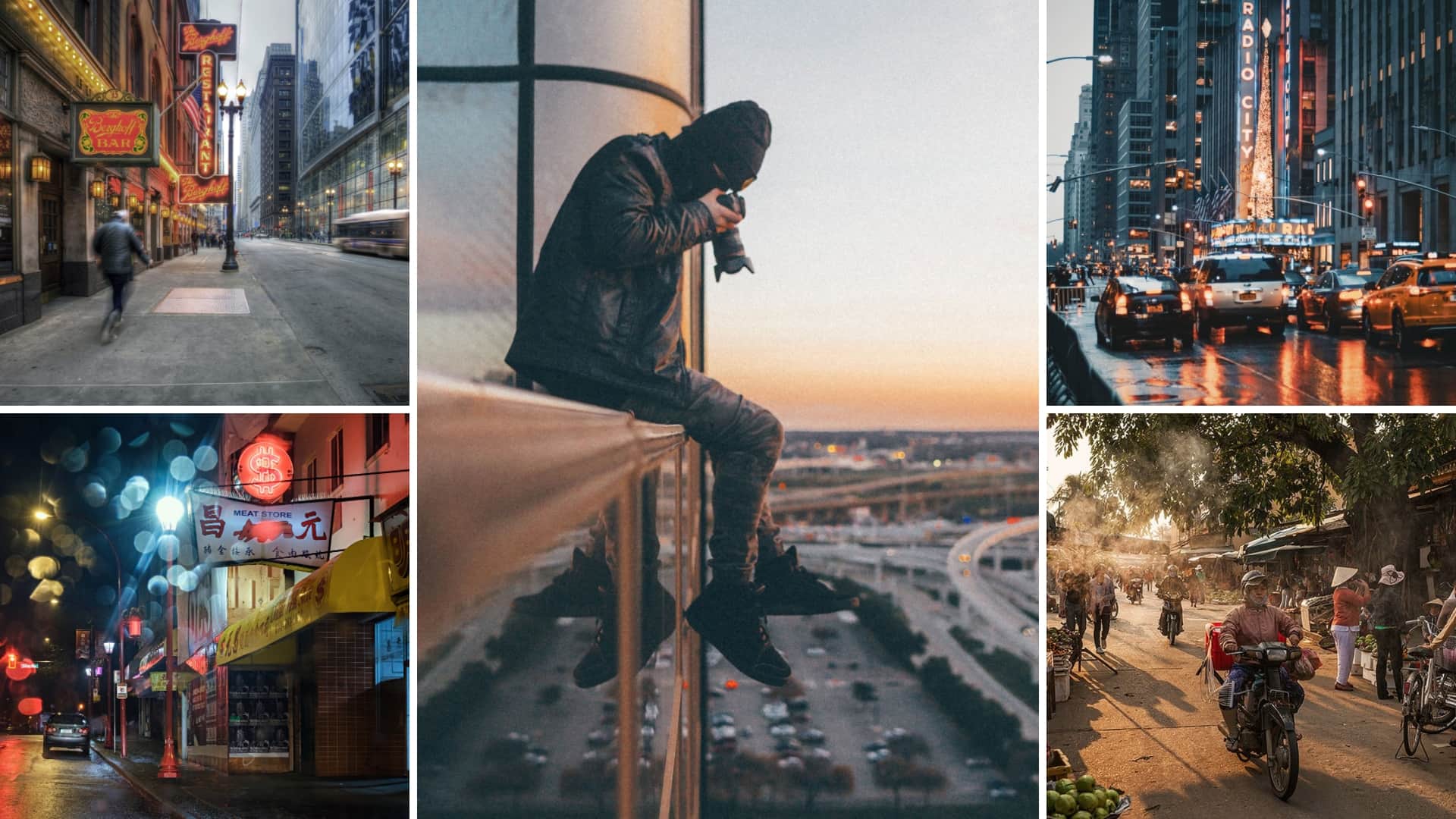The Basic Principles Of Framing Streets
Wiki Article
The Best Strategy To Use For Framing Streets
Table of ContentsIndicators on Framing Streets You Should KnowThe 10-Minute Rule for Framing StreetsFraming Streets Fundamentals ExplainedThe 6-Second Trick For Framing StreetsExcitement About Framing StreetsThe 5-Minute Rule for Framing Streets
Digital photography style "Crufts Pet dog Program 1968" by Tony Ray-Jones Street digital photography (likewise occasionally called honest photography) is photography carried out for art or query that features unmediated opportunity experiences and arbitrary events within public places, usually with the goal of recording photos at a decisive or emotional moment by mindful framework and timing. 
The Ultimate Guide To Framing Streets
Susan Sontag, 1977 Street digital photography can concentrate on individuals and their actions in public. In this respect, the road photographer is similar to social documentary photographers or photographers that likewise operate in public locations, however with the objective of recording newsworthy events. Any of these photographers' images might catch individuals and building visible within or from public places, which often entails browsing honest issues and laws of personal privacy, safety and security, and building.Depictions of day-to-day public life form a category in nearly every duration of world art, beginning in the pre-historic, Sumerian, Egyptian and early Buddhist art durations. Art taking care of the life of the street, whether within views of cityscapes, or as the leading theme, shows up in the West in the canon of the North Renaissance, Baroque, Rococo, of Romanticism, Realism, Impressionism and Post-Impressionism.
Some Known Questions About Framing Streets.
Louis Daguerre: "Blvd du Holy place" (1838 or 1839) In 1838 or 1839 the very first photo of numbers in the street was taped by Louis-Jacques-Mand Daguerre in among a set of daguerreotype sights extracted from his studio window of the Boulevard du Holy place in Paris. The second, made at the height of the day, shows an uninhabited stretch of street, while the other was taken at concerning 8:00 am, and as Beaumont Newhall reports, "The Blvd, so regularly full of a relocating throng of pedestrians and carriages was flawlessly solitary, other than a person that was having his boots brushed., who was motivated to undertake a similar documentation of New York City. As the city created, Atget assisted to promote Parisian streets as a deserving topic for digital photography.

The Ultimate Guide To Framing Streets
The chief Mass-Observationists were anthropologist Tom Harrisson in Bolton and poet Charles Madge in London, and their initial record was created as guide "May the Twelfth: Mass-Observation Day-Surveys 1937 by over 2 hundred viewers" [] Home window cleaner at Kottbusser Tor, Berlin, by Elsa Thiemann c. 1946 The post-war French Humanist School photographers located their topics on the street or in the diner. In between 1946 and 1957 Le Groupe des XV annually displayed job of this kind. Andre Kertesz. Circus, Budapest, 19 May 1920 click here for more info Street photography developed the major web content of two exhibits at the Gallery of Modern Art (Mo, MA) in New york city curated by Edward Steichen, Five French Digital Photographers: Brassai; Cartier-Bresson, Doisneau, Ronis, Izis in 1951 to 1952, and Post-war European Digital Photography in 1953, which exported the idea of street photography globally.
What Does Framing Streets Mean?
, after that an educator of young kids, linked with Evans in 193839.'s 1958 publication,, was considerable; raw and frequently out of emphasis, Frank's photos questioned conventional digital photography of the time, "tested all the formal regulations laid down by Henri Cartier-Bresson and Walker Evans" and "flew in the face of the wholesome pictorialism and sincere photojournalism of American magazines like LIFE and Time".Report this wiki page